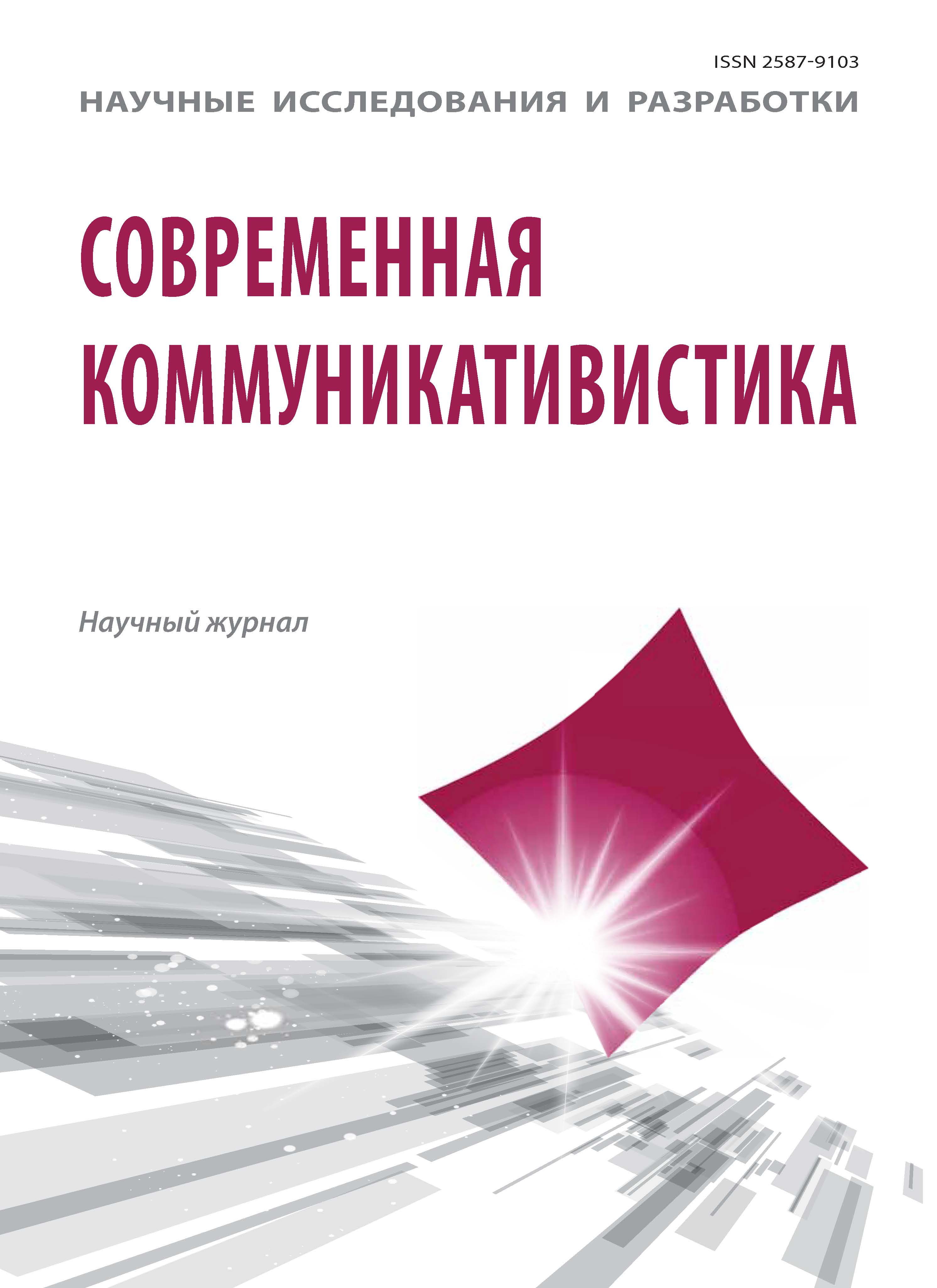Sankt-Peterburg, St. Petersburg, Russian Federation
The article analyzes the mediatexts that form the part of the modern Russian art media discourse, which traditionally correlated with cultural and educational journalism. The purpose of the analysis is to describe the key manifestations of the modernization of the communicative orientation of discourse — its communicative status. Using mainly analytical techniques developed by intentional stylistics, the author finds the blurring of segment boundaries within the discourse, which, first of all, manifests itself in the disappearance of the always existing watershed between cultural and educational, art journalism, art PR and advertising art text; changing the semantic structure of texts that format the “elite” segment of art media discourse associated with classical, high art-theater, music, the art of the word; dominance in today’s art media discourse of image-based business projects deployed in time, which are implemented using modern PR techniques. It is obvious that technologically the process of modernization of discourse is carried out under the influence of actualization of national, historical PR experience and assimilation, appropriation, adaptation of the experience of the world, first of all, еuropean. These observations lead to the conclusion that today in Russia the journalistic coverage of classical art is no longer dictated by informative or evaluative, but by incentive intentionality, which indicates the inclusion of the analyzed publications in the system of strategic communication and largely determines the speech form of different genres of media texts of this discursive affiliation.
art-mediadiscourse, strategic communication, cultural and educational journalism, modernization, manifestation
1. Hallahan, K., Holtzhausen, D., Ruler, B. van, et al, 2007. Defining strategic communication. Intern. Journ. of Strategic Communication. № 1. P. 3-35.
2. Konkov, V.I, Tsvetova, N.S., 2016. Actualization of Literary Works in Artistic Communication // Jornal of the Social Scien. Volume: 11. Issue: 7. P. 1163-1167.
3. Berezin, V. Rozhdenie novogo slova, 2013 // Tekst i tradiciya. Al'manah. № 1. SPb: Rostok. S. 305-312.
4. Gavra, D.P., 2015. Kategoriya strategicheskoy kommunikacii: sovremennoe ponimanie i bazovye harakteristiki // Sovremennye tehnologii biznes-kommunikaciy i strategicheskiy PR. SPb: VShZhiMK SPbGU. S. 229-233.
5. Gavra, D.P., Bykova, E.V., 2018. Strategicheskaya kommunikaciya // Medialingvistika v terminah i ponyatiyah. Slovar'-spravochnik. M.: Flinta. S. 348-351.
6. Galimova, E.Sh., Cvetova, N.S., 2017. Dinamika mediaprezentacii odnogo literaturnogo fenomena // Vestnik Sankt-Peterburgskogo universiteta. Seriya 9. Russkiy yazyk i literatura. № 4. S. 650-664.
7. Glazkova, S., 2016. PR- kommunikacii v art-biznese. SPb: SPbGU. 179 s.
8. Duskaeva, L.R., 2019. Lingvisticheskaya arhitektura strategicheskih kommunikaciy // Medialingvistika. T. 6. № 4. V pechati.
9. Duskaeva, L.R., Cvetova, N. S., 2012. Intencional'naya stilistika kak vektor razvitiya mediastilistiki // Kul'tura rechi i zhurnalistika. № 4. S. 18-33.
10. Esin, B.I., 1989. Istoriya russkoy zhurnalistiki (1703-1917). M.: Vysshaya shkola. 370 s.
11. Lapshina, G.S., 2016. Iskusstvo glazami zhurnalista. Monografiya. M.: Flinta-Nauka. 280 s.
12. Solganik, G.Ya., 2000. Sovremennaya publicisticheskaya kartina mira // Publicistika i informaciya v sovremennom obschestve. M.: MGU. S. 209-217.
13. Susov, I.P., 1979. O dvuh putyah issledovaniya soderzhaniya teksta // Znachenie i smysl rechevyh obrazovaniy. Kalinin: KGU. S. 90-103.
14. Cvetova, N.S., 2019. Iskusstvo v massmedia. SPb: Izdatel'stvo VVM. 99 s.
15. Cvetova, N.S., 2017. «Delat' hudozhestvennoe obschedostupnym…» // Aktual'nye problemy stilistiki. Ezhegodnyy mezhdunarodnyy nauchnyy zhurnal. № 3. S. 168-179.







